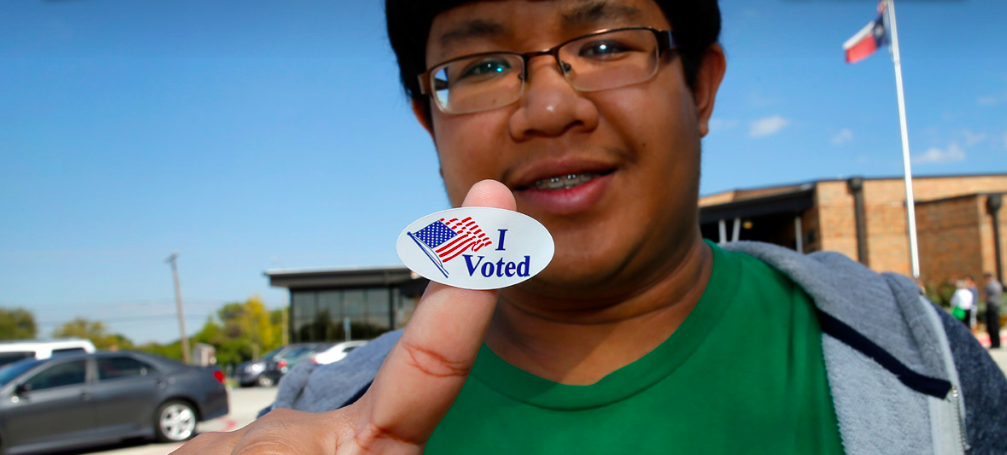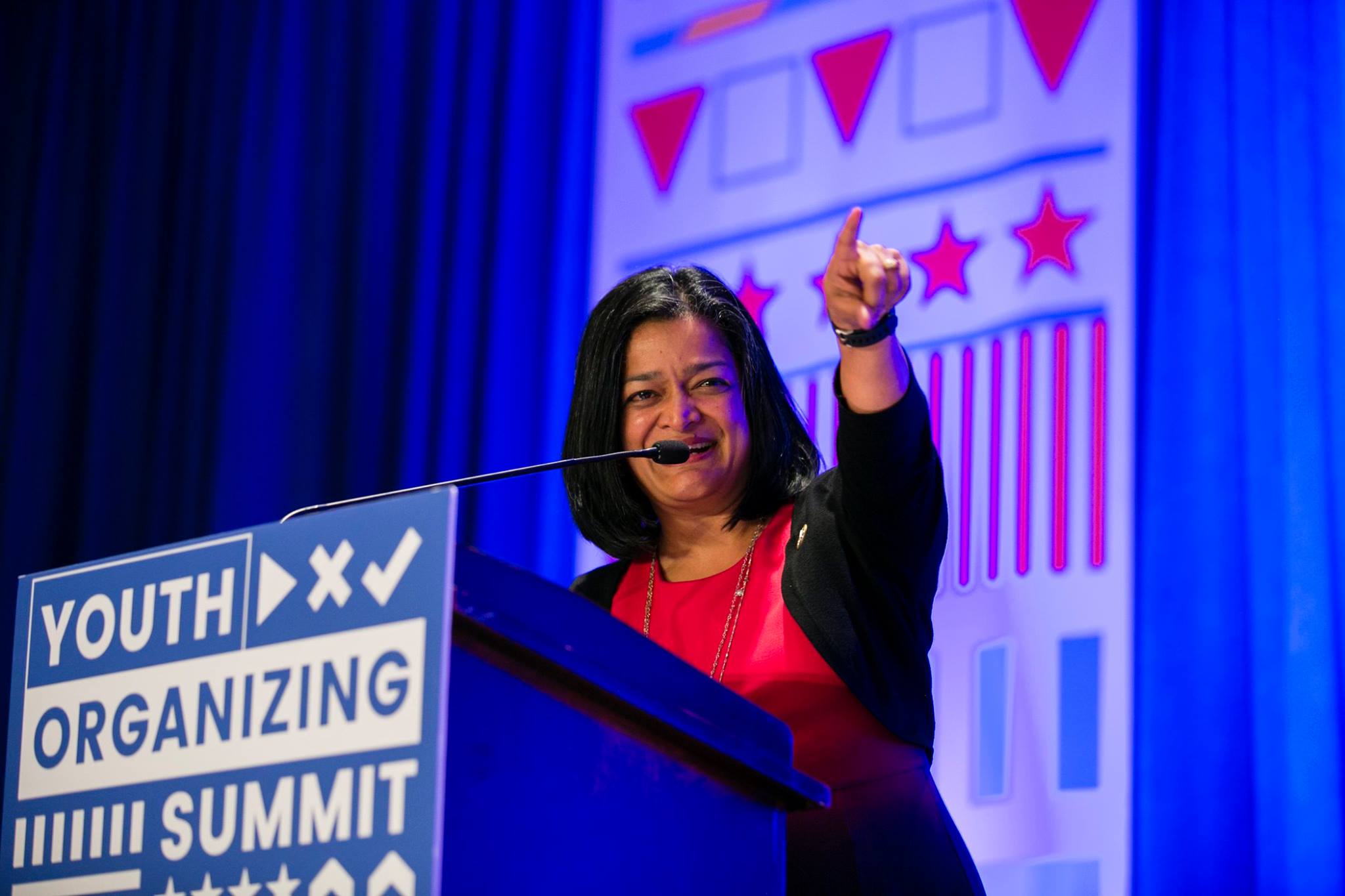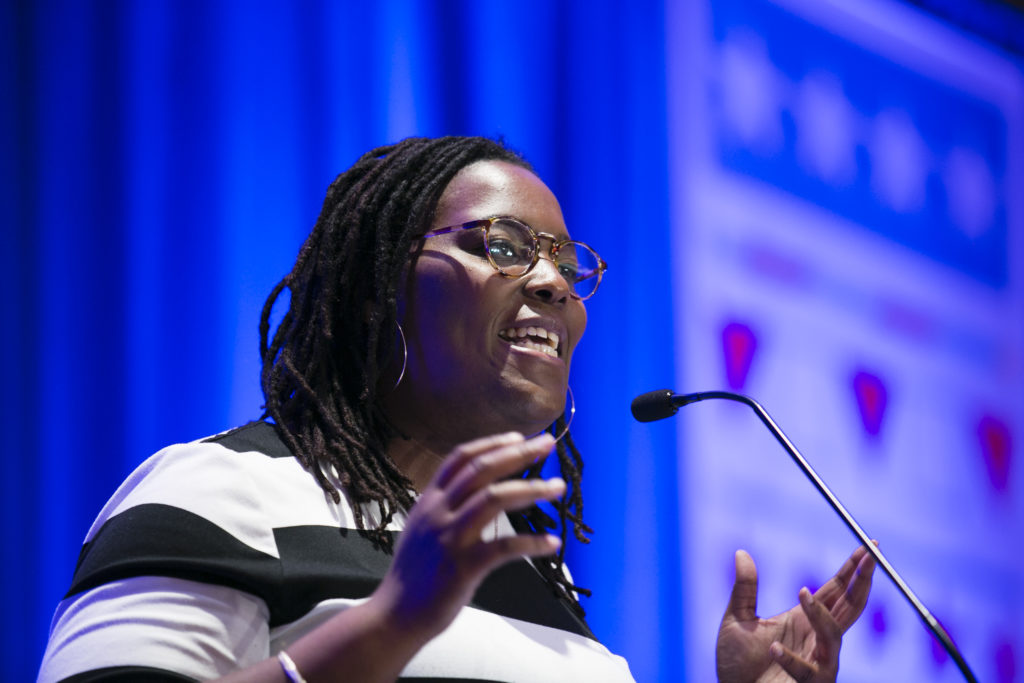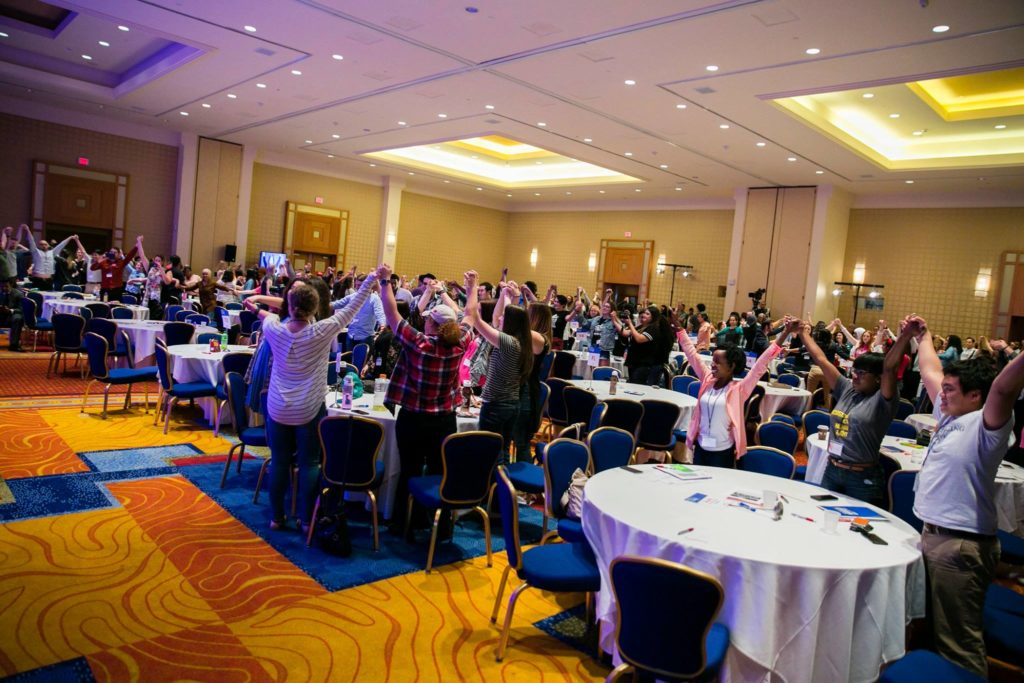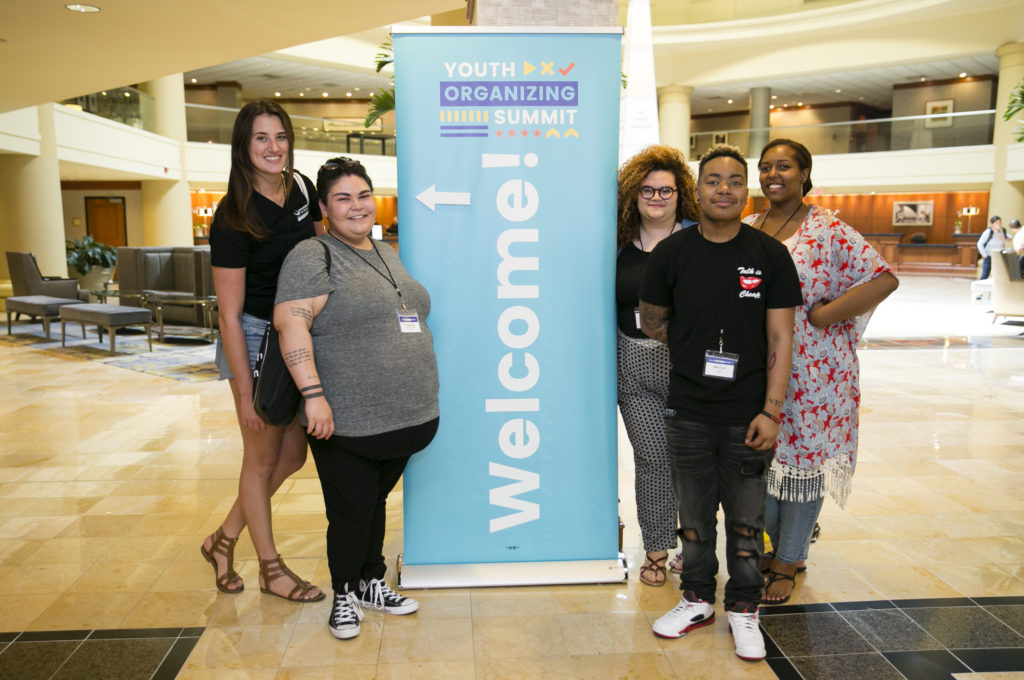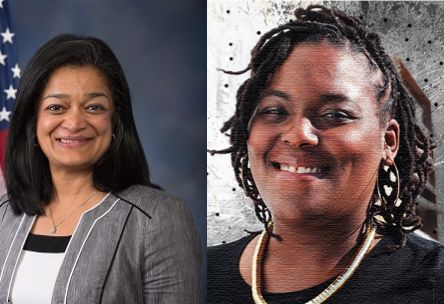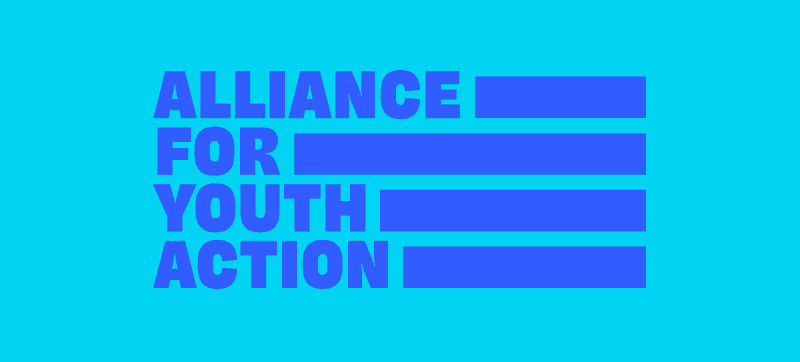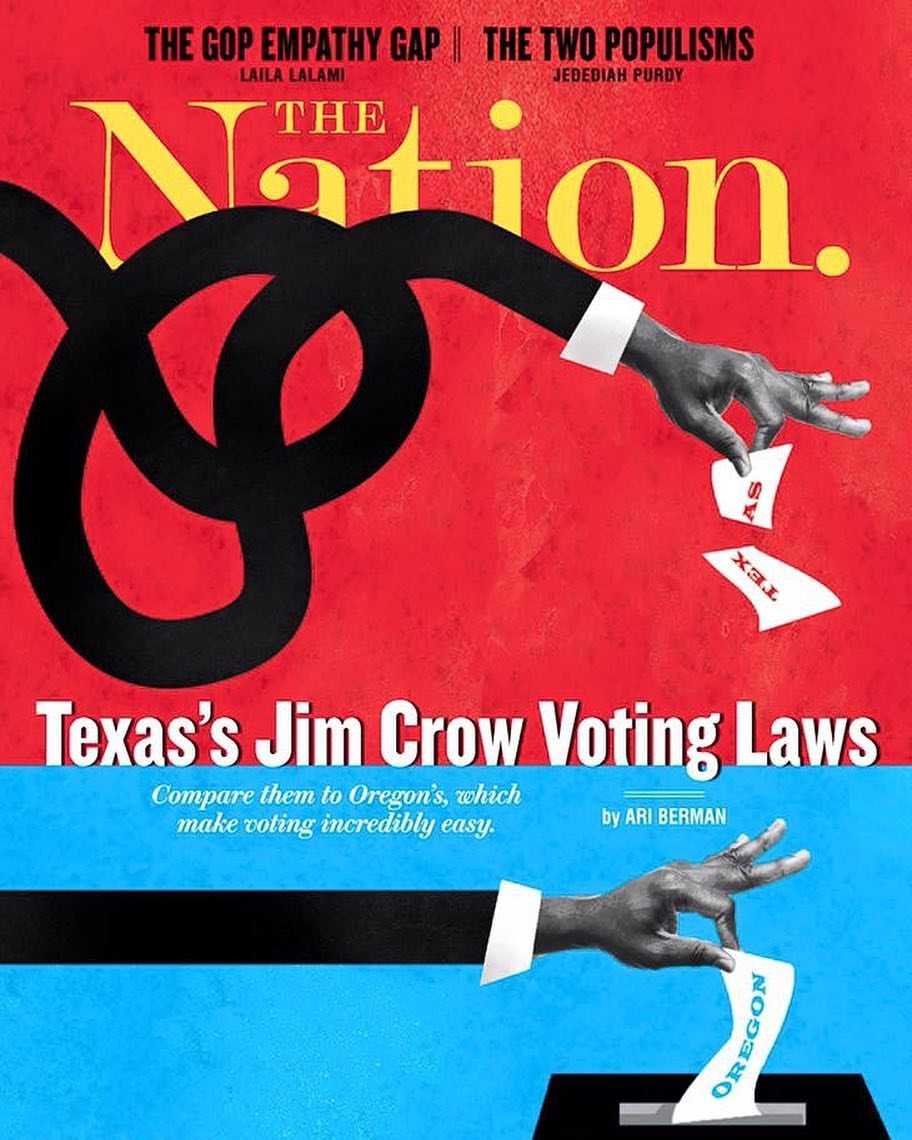August 30, 2017
FOR IMMEDIATE RELEASE
Nation’s largest network of youth-led grassroots organizing groups denounces any efforts to end DACA program
Groups take action to support undocumented peers and commit to holding electeds accountable in 2017 and 2018
Washington, DC – The Alliance for Youth Action, the largest network of youth-led grassroots organizing groups in the country, released the following statement on reports that Deferred Action for Childhood Arrivals (DACA) is in imminent risk:
“DACA beneficiaries are our neighbors, family, friends, and members of our community. We’ve grown up with and fought for social justice alongside them. Now they are under attack and we unequivocally have their backs. They represent the best of America, and an assault on them is an affront to our values and ideals as Americans.
Any step towards ending the DACA program is unacceptable and reflects a larger White Nationalist agenda that is the opposite of everything we stand for as a generation. As the largest network of youth-led organizations working to build young people’s political power, we are committed to fighting for the undocumented members of our generation.
Our network is, and always has been more than statements. We are taking action in our communities to ensure that the DACAmented young people are here to stay. Some examples include:
- In Texas, MOVE San Antonio joined as a co-plaintiff against their state-based “Show Me Your Papers” legislation, SB4. Under SB4, university campus police are required to inquire about the citizenship status of detained students and notify ICE, endangering thousands of young people. The combination of both SB4 and removal of DACA places too many in the San Antonio community at risk and MOVE is organizing to ensure their community both knows their rights, and is pushing back.
- In Florida, Engage Miami is following the lead of groups like the Florida Immigrant Coalition and United We Dream to call on Representative Diaz Balart and Senator Rubio to stand up and defend DACA. From showing up at mobilizations to incorporating actions and asks in their campus work across Miami colleges, Engage Miami is committed to serving as a committed partner to defend DACA.
- In Ohio, the Ohio Student Association is building program to mobilize students across Ohio campuses to show support for DACAmented students and push their representatives across both political parties to support undocumented young people.
- In Illinois, Chicago Votes is standing in solidarity with their trusted partners, Illinois Coalition for Immigrant and Refugee Rights (ICIRR) and Asian Americans Advancing Justice, to ensure our communities know their rights and are loved during these trying times. They are committed to adding capacity to their partner’s efforts to defend DACA through a variety of tactics including direct actions, press conferences, and elected official engagement.
This Administration is no friend to our generation and we condemn any action taken that puts DACAmented young people at risk of deportation. We also call on Members of Congress to pass the bi-partisan DREAM Act of 2017 that ensures that undocumented young people in our communities can live without fear.
Young people are watching the actions of electeds and candidates in both political parties in this moment – and will hold them accountable at the ballot box.”
The Alliance for Youth Action is currently building 2018 youth electoral engagement plans with partners in more than 20 states. Members of the network have led the charge for, and won, on a series of issues including Automatic Voter Registration in Oregon, community owned clean energy in Boulder, CO, same sex marriage in Washington, and more.
Affiliates of the Alliance for Youth Action include Chicago Votes, Engage Miami, Forward Montana, MOVE San Antonio, New Era Colorado, Ohio Student Association, Oregon Bus Project, and Washington Bus. The Alliance for Youth Action is a nationwide network of organizations building political power of young people, and the premier youth vote vehicle in the United States.
###

